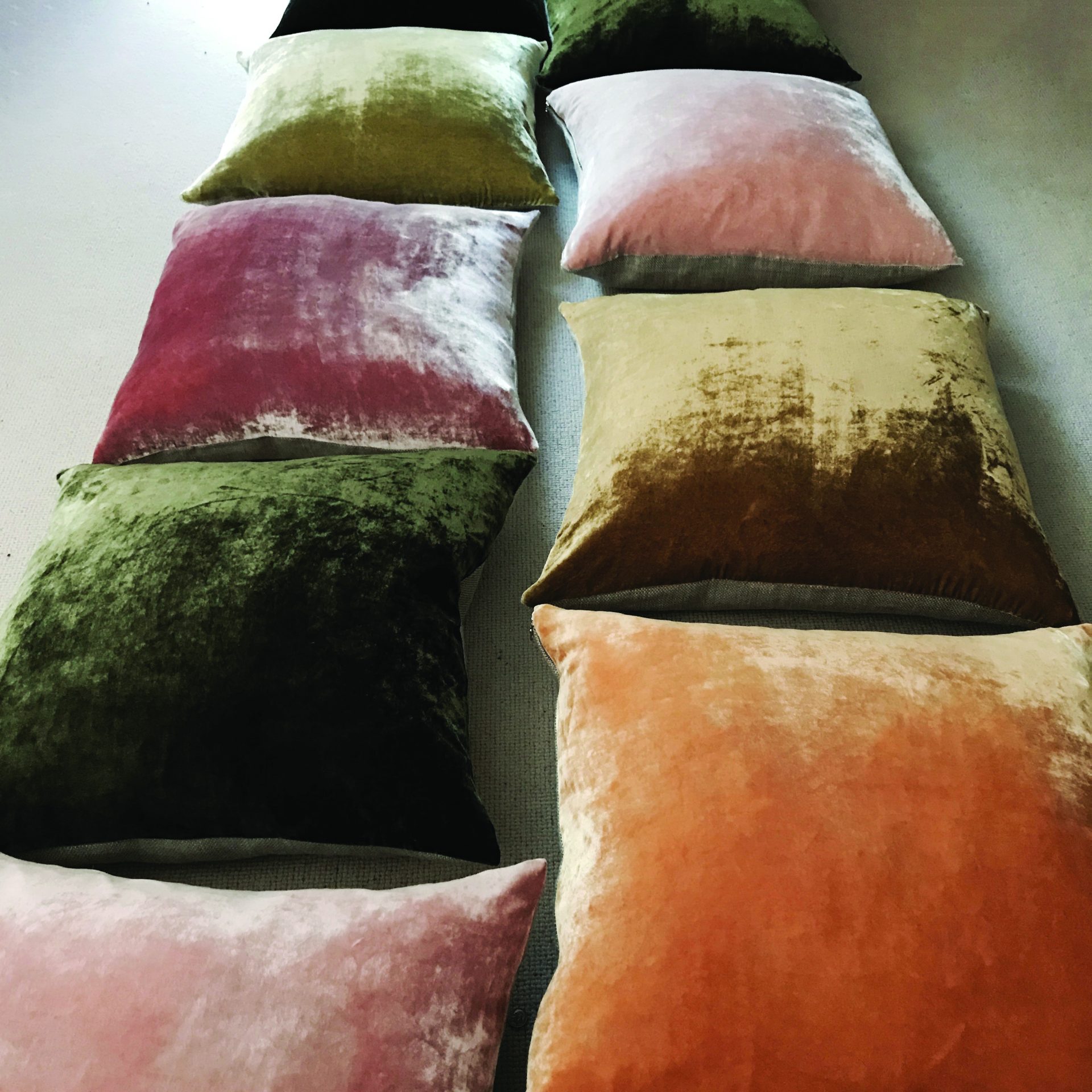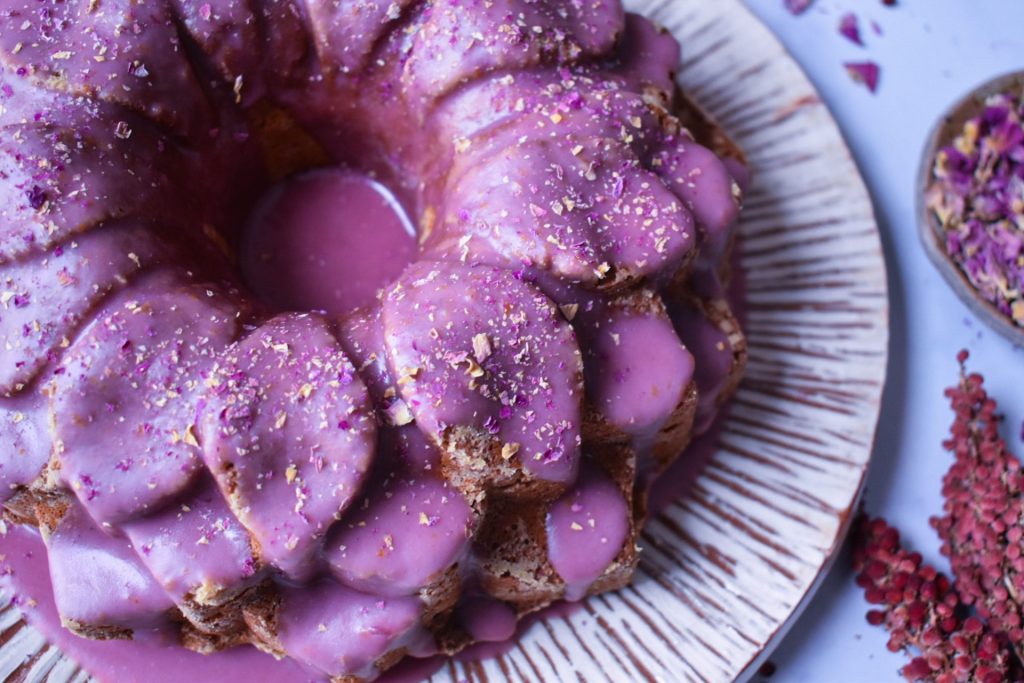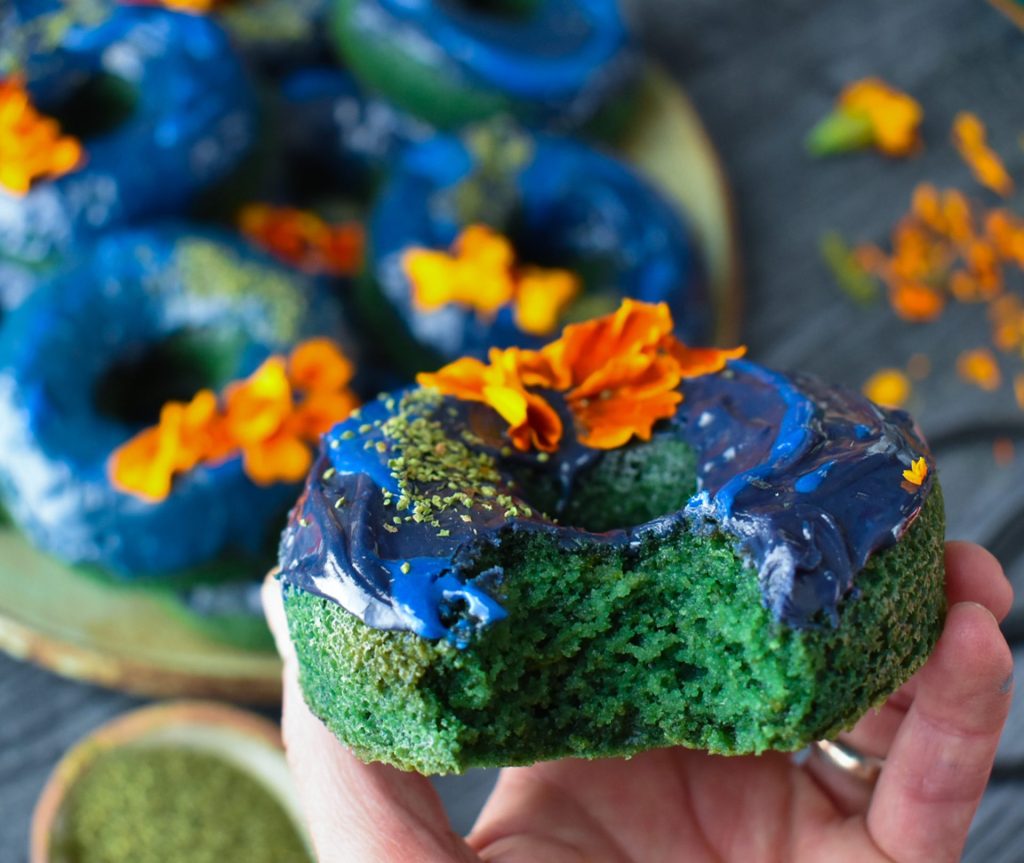True Colors
31 May 2022
Three BoCo creatives discuss how working with natural pigments gives their work brilliance and sustainability they could never get from synthetics.
By Sara Bruskin
Colorado landscapes are rich in color, from the rusty red of Lyons sandstone to the lavender-blue of mountain lupine. The hues that make up our natural world also serve as color palettes for local artists, chefs and creatives who draw on them for inspiration and pigmentation.
These three Boulder County entrepreneurs shared with us how dyeing their products with natural ingredients enhances their work. (All three offer tools for passing their craft on to others. Visit their websites and Instagram pages for news on books, tutorials and workshops.)
Amanda Fan
Fan’s family runs Boulder Colors, a small company creating watercolor paints from locally sourced plants and food waste. Conceived as a homeschooling project two years ago, the venture has grown into a successful business that shares its profits with local farmers.
bouldercolors.com @bouldercolors

Edie Ure
As a fashion print designer, Ure worked with big names like Alexander McQueen and Ulla Johnson before moving to Boulder and learning about botanical dyes from local fiber artist Donna Brown. Now, her naturally dyed textiles feature on velvet pillows, woven grass-cloth wallpapers and more.

Tara Lanich-LaBrie
Herbalist, chef, forager and teacher Lanich-LaBrie creates healthy, vibrantly colored food from local plants through The Medicine Circle, a “seasonal and medicinal food project.” Her dishes feature deep, natural hues accented with lots of edible flowers.
themedicinecircle.com @themedicinecircle

What are your favorite plants to use for their color?
AF: Definitely red cabbage. It’s a natural pH indicator that changes from purple to pink to blue. Beetroot’s another one—there’s so much grown locally, and all the strains are a little bit different. We also had a lot of fun with peach pits last summer. They get this bright, vibrant blue with the pH change.
EU: I love working with Japanese indigo, which makes a beautiful turquoise. Osage orange is another—it’s more common in Texas and Oklahoma, but it makes this really beautiful mustard yellow. And then, of course, avocado pits. [On Ure’s recommendation, her friend Ryan Roche used avocado skins and pits to dye fabric pale pink while competing in the 2014 CFDA/Vogue Fashion Fund Competition. The following year, that pale “millennial pink” exploded in popularity. Coincidence?]
TL: Butterfly pea flower is my number one favorite. It lends this incredible blue color, and then if you add an acid like lemon juice to it, it’ll turn this vibrant purple. I love to work with a concentrated extract of nettles produces a bright-green chloro-phyll color. The third one would be beet juice. I love to use it for reds and pinks.

Why is it important to you to use natural pigments instead of synthetic dyes?
AF: Synthetic colors nowadays are really just imitations of what people have been using for thousands of years—natural dyes. I’m part of the Slow Art movement and want to encourage people to really think about what goes into their art. Making these paints is also a way to honor the plants and help them last longer; turning the plants or food waste into paint is a way to extend their life past one season or one meal.
EU: There are a lot of different aspects to the sustainability side of it. Synthetic dye is made from coal tar, which is a pollutant that ends up in the water supply. The colors you get from insects and plants are also more complex, as they contain a multitude of chromophores, or color molecules, whereas synthetic dyes only contain a few and seem flatter and less dynamic.
TL: It’s just really important to me to have everything coming from the plant in my work. Part of what I am creating is the story of a plant; conveying the flavor, scent and color of a plant itself is essential to the process. If I make a nettle donut, I want it to actually be the color of a nettle, so if I were using artificial colors, to me, that just feels discordant.












